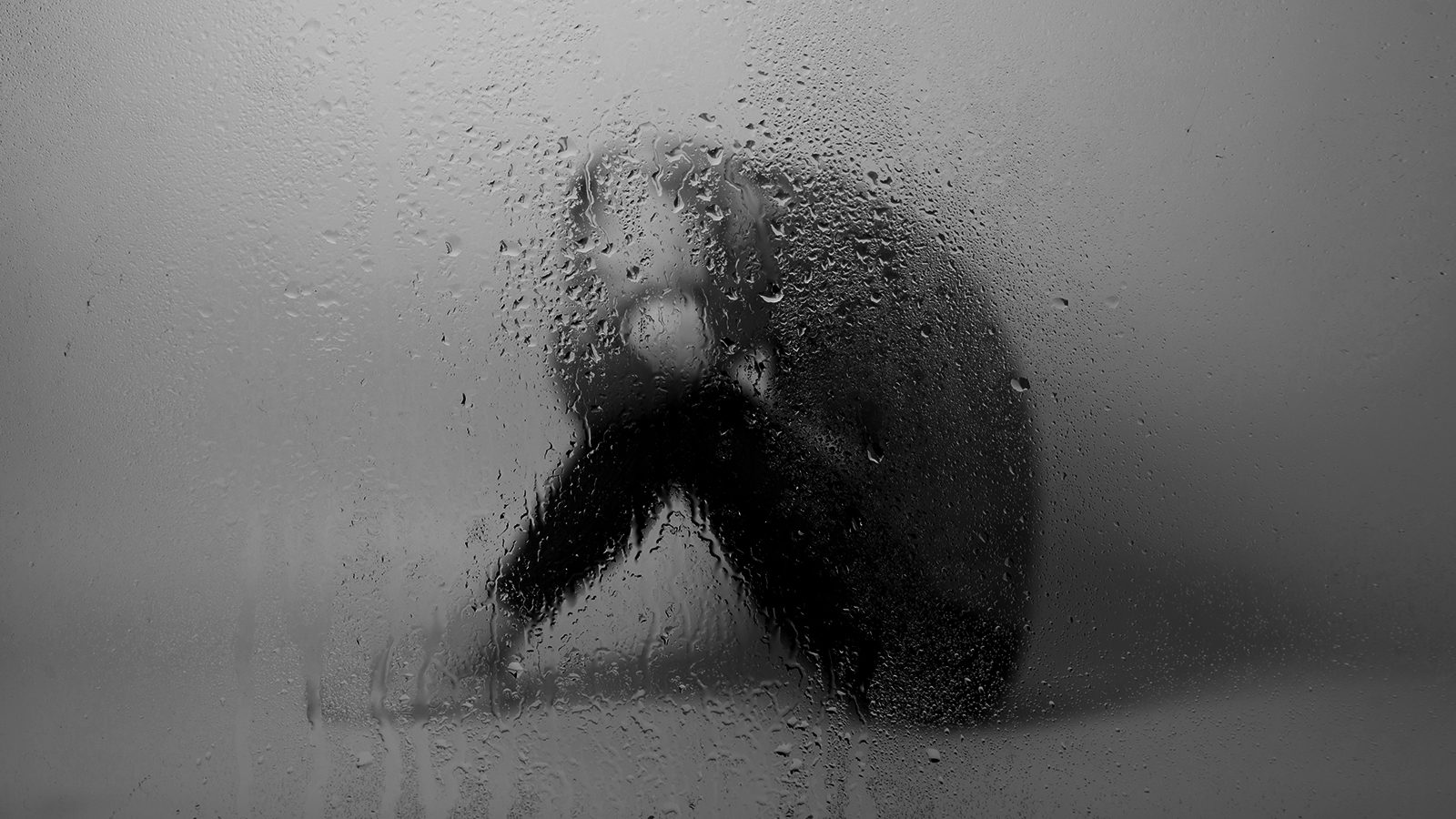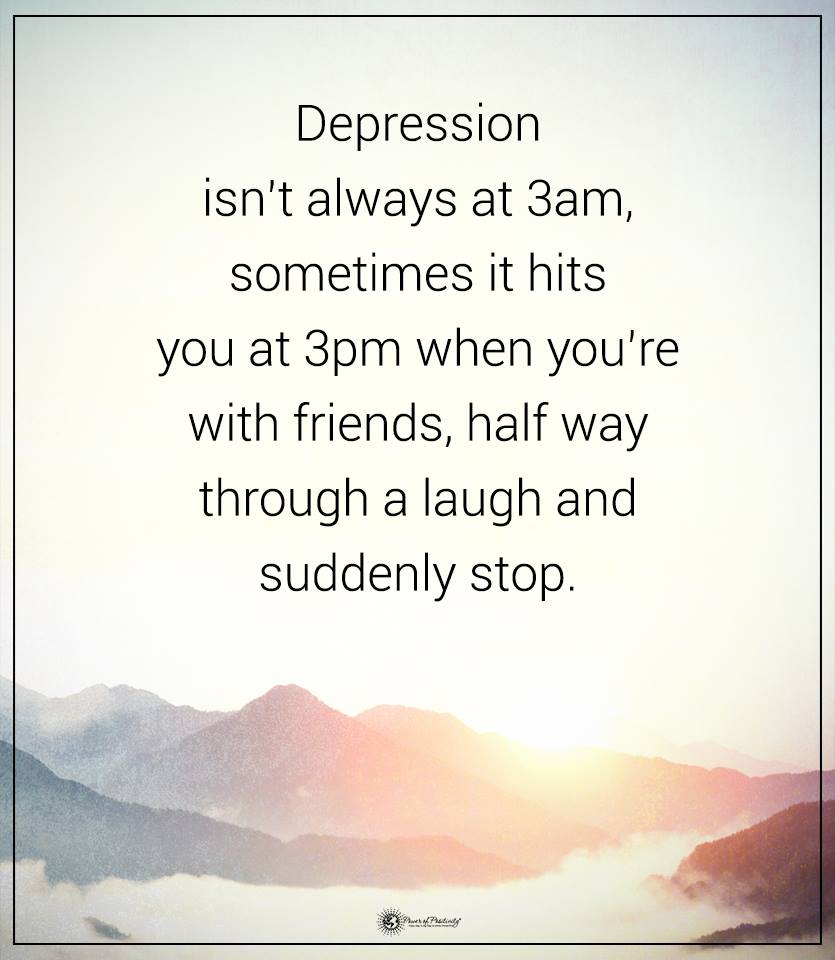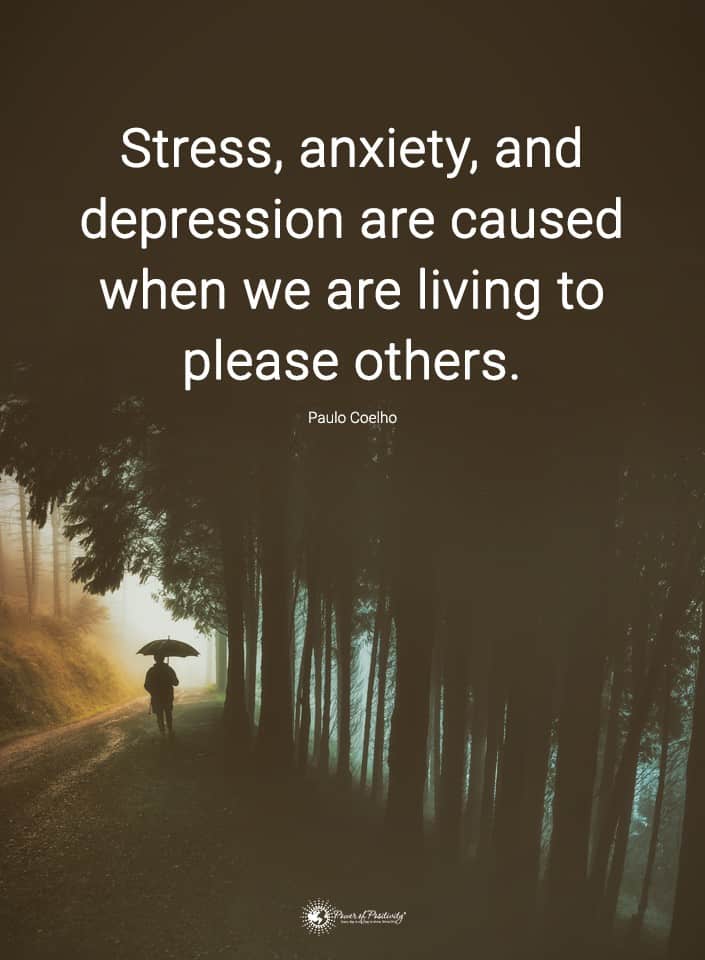As the days get shorter and winter approaches, some people experience sadness and depression. Their mood changes triggered in late fall or early winter may get better as the seasons change into spring and summer. This disorder is seasonal affective disorder or SAD. Here are some SAD signs most people overlook.
How many people suffer from SAD?
Approximately .5% to 3% of people in the United States suffer from SAD. People who struggle with depression are at a higher risk. Of these people, 10% to 20% who have a depressive disorder also have SAD. It’s more common in young adults between eighteen to thirty, and women are more prone to it than men. Around 10% to 20% of Americans experience a milder type of SAD called the “winter blues.”
What causes seasonal affective disorder?
It’s unknown precisely what causes seasonal affective disorder, but here are some theories.
- The biological clock gets moved: When it shifts, it can disrupt your mood, hormones, and ability to sleep. You have difficulty adjusting to the changes when there are fewer daylight hours.
- Brain chemical imbalances: A chemical imbalance in your brain could cause you to experience SAD. Sunlight helps regulate serotonin, a hormone that improves your mood. When there’s a lack of sunshine, your serotonin levels drop, leading to depression and sadness.
- Lack of vitamin D: Vitamin D influences your serotonin levels. Sunlight is a major producer of vitamin D in your body. When there’s less sunlight in the winter, you may develop a vitamin D deficiency. This affects your serotonin levels and your mood.
- Too much melatonin: Melatonin is best known as a sleep aid. But with less sunlight, your body can make too much of this hormone. This affects your sleep and mood. If you’re sleepy during winter, your body may have too much melatonin.
- Depressing thoughts: Your thoughts have power. What you think affects how you feel. Being stressed, anxious, and struggling with negative thoughts about longer days and cold weather can lead to seasonal affective disorder.
-
How does a doctor diagnose seasonal affective disorder?
Discuss this with your doctor if you think you’re suffering from SAD. They will ask questions from a questionnaire to determine if your symptoms fit the criteria for SAD. Here are the four criteria they may talk to you about.
- You must display major depressive symptoms, such as the following signs:
-
- Suicidal thoughts
- Lack of concentration
- Low energy
- Trouble sleeping
- Weight loss or gain
- Appetite changes
- Loss of interest in doing regular life
- Feeling depressed every day
- You must have depression occurring during specific seasons. This isn’t just in the winter. Besides summertime, some people feel SAD the summer. This depression must occur for at least two consecutive years.
- You must have frequent feelings of depression at other times of the year.
- You may not fit these criteria exactly, but you still have SAD. Don’t suffer alone or for an extended time. There is a treatment to help you feel better during the winter.
Here are eight signs of seasonal affective disorder that most people ignore
Do you or someone you know see these signs?
1 – Dealing with depression most of your day
Most of the day, you may feel sad and depressed. You’ll notice these feelings occurring more as winter approaches. You may feel better on sunny days during the winter but dread the next day if you know it will be cloudy and cold.
2 – Seasonal affective disorder causes loss of interest in activities
Things you usually enjoy suddenly don’t feel that exciting. You may talk yourself out of doing something because it’s too cold or dark outside. Your friends may try to persuade you to join them in activities. If you continually say no, they’ll eventually give up inviting you, which only adds to your feelings of sadness.
3 – Sleep problems often arise from seasonal affective disorder
You may have trouble sleeping or sleep too much. This sleeplessness could stem from a lack of vitamin D or too much melatonin. Your insomnia adds to your tiredness. A lack of energy makes it hard to get out of the house.
4 – SAD contributes to negativity
You may think about your worthlessness, boredom, or feeling that life isn’t worth living. If you are experiencing suicidal thoughts, please get help right away.
The National Suicide Prevention Lifetime code is 988 in the United States. You can text, call or chat 988 to connect with a trained counselor. These counselors are available to talk 24/7. So, if you’re struggling with suicidal thoughts, don’t suffer alone. Get help immediately.
5 – Difficulty concentrating
Depression can make you feel hopeless and that nothing in your life will change. You may find concentrating hard as you think nothing in life is essential. You may have trouble at work or school because you can’t focus. As spring arrives, you feel a renewed sense of purpose and interest. This is a good sign that you have a SAD. You may have a mild case of it, but don’t ignore this sign.
6 – Want to stay inside all winter
If you have a SAD, you may feel tired all winter. You might sleep a lot and lack the energy to leave the house. This leads to more fatigue. Some people can’t sleep in the winter because of disturbances in their biological clock.
7 – SAD may cause carb cravings
A sign of SAD many people ignore is craving carbs in the winter. As the weather turns cold, individuals who suffer from seasonal affective disorder crave carbs. Eating carbs can boost your happiness. This burst of energy is because carbohydrates produce serotonin, the hormone that improves moods like an antidepressant.
8 – Seasonal affective disorder might lead to weight gain
During the winter months, you have natural hormonal changes that occur. If you have SAD, this can lead to weight gain. Plus, the holidays are during the winter. So you’re apt to gain weight eating all the goodies surrounding the holiday celebrations. Plus, during the colder months, you’re less likely to be outdoors doing physical activities. All these things add up to weight gain.
How does a doctor treat seasonal affective disorder?
Treatment for SAD is available. These treatments may work separately or together with another treatment.
1 – Light therapy to decrease the depression
Light therapy is an effective treatment for SAD. It exposes you to bright light so your body can make more vitamin D and serotonin. You can purchase these lights online. They need to be at least 10,000 lux. For the best results, the patient basks in this light for at least 35 to 40 minutes daily.
2 – Psychotherapy
Certain types of psychotherapy are effective in helping bring relief to those who suffer from seasonal affective disorder. Talking therapy helps people learn how to cope with this disorder. You may meet with a group or with one person. The idea is to focus on the positive things in life instead of negativity. Light therapy and psychotherapy work well together.
3 – Vitamin D and depression
If you suffer from SAD, it could be because of a lack of vitamin D. Try daily vitamin D supplements. Researchers have mixed views on whether vitamin D supplements are effective in getting rid of SAD. Light therapy was most effective, but combining the two could be your best course of action.
4 – Exercise
As well as eating a healthy diet, it’s important to get physical exercise every day. Please keep it simple. Go for a walk around your neighborhood. The best place to get physical exercise is outdoors. It also coordinates your body’s natural clock, helping you sleep better at night. Exercise stimulates your brain to be more awake during the day and helps you wind down at night.
Resist the urge to pull the covers over your head. This only adds to your feelings of sadness and depression. Get outdoors as soon as possible. It may be hard at first, but if you do it daily, you’ll be surprised at how much better you feel. You don’t need to do high-impact exercises. Try these outdoor exercises.
- Walking
- Biking
- Jump rope
- Hiking
Final thoughts on understanding seasonal affective disorder
You may have noticed as winter sets in, you struggle with sadness and depression more than usual. Many people experience the “winter blues.” If your reaction to winter, longer days, and cold goes beyond feeling down, you may have seasonal affective disorder or SAD. This disorder occurs mainly in the winter, but some people also struggle with it in the summer. It’s characterized by signs similar to depression. There are several natural ways to treat SAD, but if your struggles are getting more challenging or you feel severe depression, be sure to seek help. You don’t need to suffer alone. Don’t give up hope. There are treatments for SAD that are very effective. You can get your happy disposition again and enjoy life.

















 Community
Community

